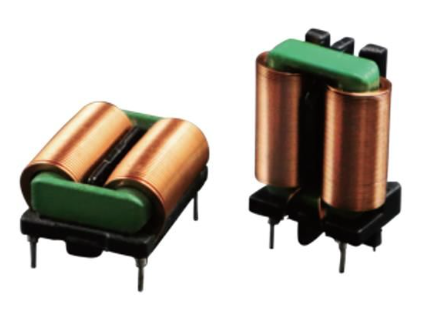Warning: Undefined variable $articleindexname in D:\wwwroot\www.resistorsupplies.com\moban\en_inc\article.php on line 46
> Inductors in Power Electronics: Challenges and Solutions
Inductors in Power Electronics: Challenges and Solutions
Inductors are indispensable components in power electronics, but their design and implementation present several challenges. Here's a breakdown of common issues and their corresponding solutions:

Challenges:
Core Losses:
Hysteresis and eddy current losses within the inductor's core can significantly reduce efficiency, particularly at high frequencies.
This generates heat, which can further degrade performance.
Saturation:
When the inductor's core reaches its maximum magnetic flux density, it saturates. This drastically reduces inductance, leading to performance degradation and potential circuit malfunction.
Thermal Management:
High currents and core losses generate significant heat, requiring effective thermal management to prevent overheating and ensure reliability.
Electromagnetic Interference (EMI):
Inductors generate magnetic fields that can interfere with nearby circuits, causing EMI.
This is a significant concern in sensitive electronic systems.
Parasitic Effects:
Parasitic resistance and capacitance can affect inductor performance, particularly at high frequencies.
These effects can lead to signal distortion and instability.
Size and Weight:
In many applications, especially portable devices and electric vehicles, minimizing the size and weight of inductors is crucial.
High Current Handling:
Many power electronic applications require inductors to handle very high currents, this creates challenges in wire size, and heat disipation.
Solutions:
Core Material Selection:
Choose core materials with low losses at the operating frequency.
Select materials with high saturation flux density to prevent saturation.
Utilize advanced materials like nanocrystalline alloys or improved ferrites.
Winding Design:
Use Litz wire to minimize skin effect losses at high frequencies.
Optimize winding techniques to reduce parasitic capacitance and resistance.
Use wire with a gauge capable of handling the maximum current.
Thermal Management:
Employ heat sinks or other cooling techniques to dissipate heat.
Consider the thermal conductivity of the core and winding materials.
Optimize the physical layout of the inductor to increase airflow.
EMI Mitigation:
Use shielding techniques to contain magnetic fields.
Optimize PCB layout to minimize loop areas.
Utilize toroidal cores to reduce magnetic leakage.
Parasitic Reduction:
Minimize lead lengths and optimize PCB layout to reduce parasitic inductance and capacitance.
Select components with low parasitic effects.
Miniaturization:
Utilize thin-film technology or other advanced manufacturing techniques to create compact inductors.
Optimize core geometry and winding design to minimize size.
Simulation and Modeling:
Use advanced simulation software to accurately model inductor behavior and optimize designs.
By addressing these challenges and implementing appropriate solutions, engineers can design and implement high-performance inductors for power electronics applications.
Email us
Warning: Undefined variable $pronamepx in D:\wwwroot\www.resistorsupplies.com\moban\en_inc\article.php on line 57
Fatal error: Uncaught TypeError: count(): Argument #1 ($value) must be of type Countable|array, null given in D:\wwwroot\www.resistorsupplies.com\moban\en_inc\article.php:57 Stack trace: #0 D:\wwwroot\www.resistorsupplies.com\article.php(162): include() #1 {main} thrown in D:\wwwroot\www.resistorsupplies.com\moban\en_inc\article.php on line 57
